Tirthan Valley: India's Wild, Pure, and Sustainable Success Story
Discover the magic of Tirthan Valley, India's leading ecotourism success. Learn how community-based homestays and conservation fees protect the Great Himalayan National Park.
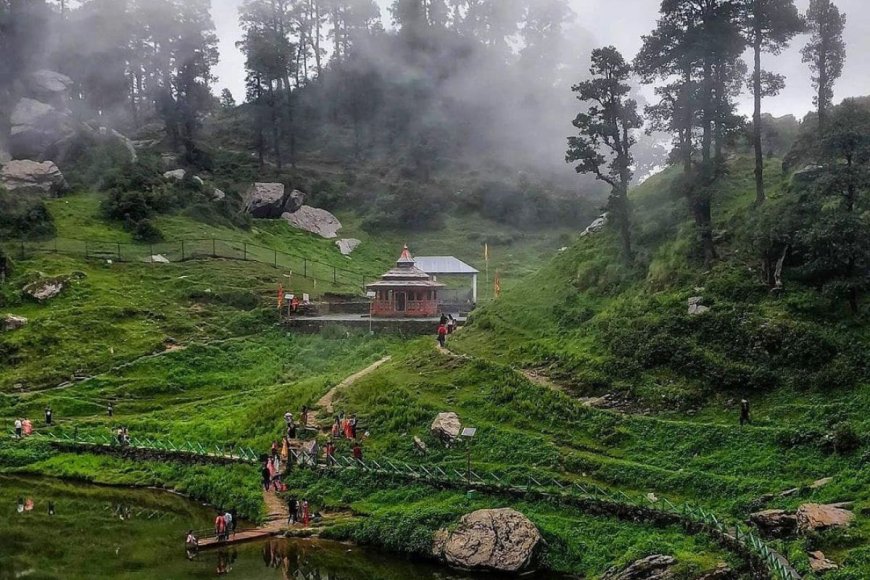
Beyond the Crowds: Where Tourism Is Part of the Solution
Tired of visiting "nature spots" only to find more plastic and noise than actual pine trees? Seriously, put the brakes on that kind of travel. Tirthan Valley, tucked away deep in the Himalayas of Himachal Pradesh, is completely different. It's not just breathtakingly beautiful; it's a living, breathing model of Community-Based Ecotourism, proving travel can, and honestly must, be a force for good.
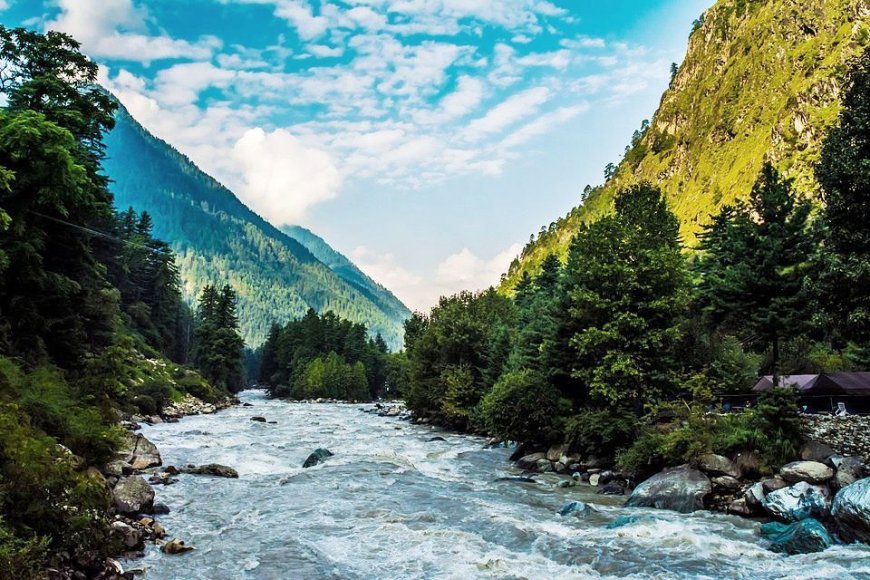
The whole secret to Tirthan's unspoiled, wild beauty lies in one simple, powerful promise: Conservation Pays. The locals here have anchored their survival to the UNESCO World Heritage Site, the Great Himalayan National Park (GHNP). They know that keeping the valley pristine is the only way their community thrives.
Your Cash Flow Protects the Forest
Look, this entire economic ecosystem is built on a direct, non-negotiable link: your stay keeps this place alive.
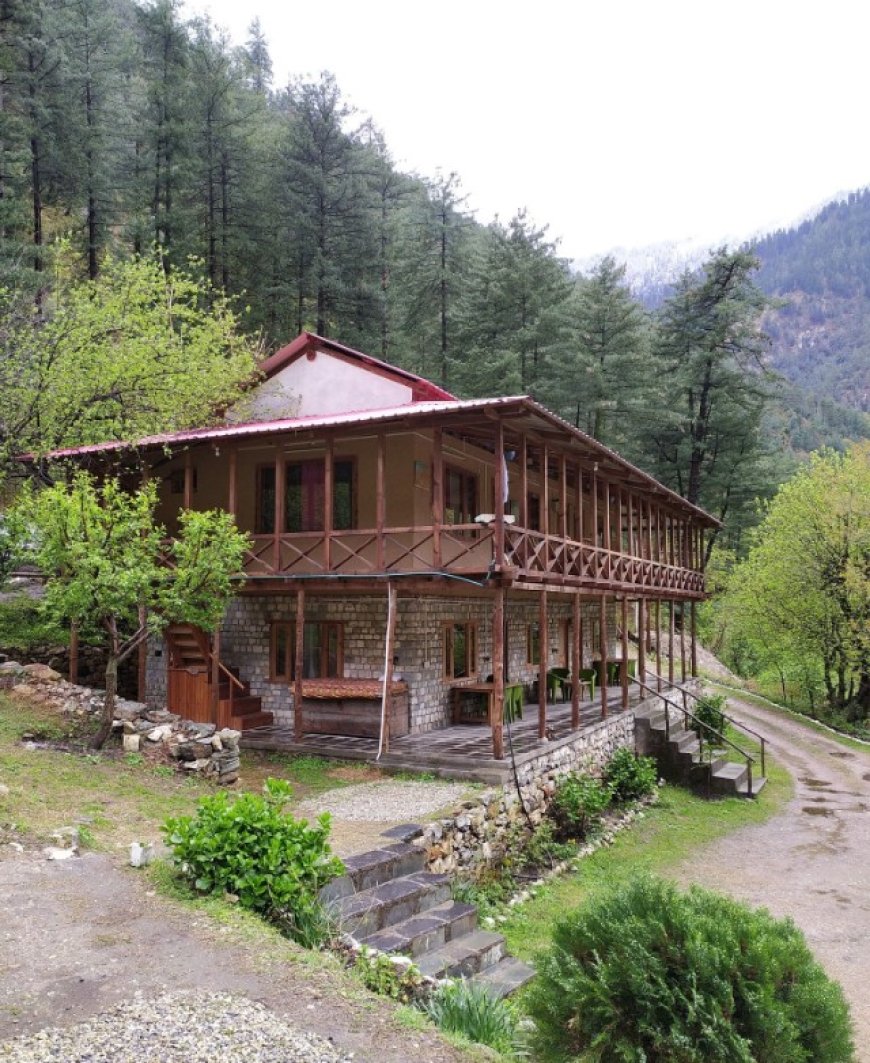
The valley deliberately resists those massive, resource-hogging hotels. You won't find them here. Instead, your room is usually in a traditional, small-scale homestay, run by the very families who’ve been here forever. Think about that: every single rupee you spend on lodging, food, and guiding goes straight back to the villagers.
Why does this matter? By making locals tourism providers, the community gains an immediate, powerful, economic incentive to protect the GHNP's delicate ecosystem. They are the guardians of the forest because that forest literally feeds their families. And guess what? When you enter the GHNP's Eco-Zone, the small fee you pay isn't a random tax; it's funneled directly into anti-poaching and conservation initiatives. You are funding the security of the Snow Leopard. Period.
The Pristine Life: Daily Sustainability in Action
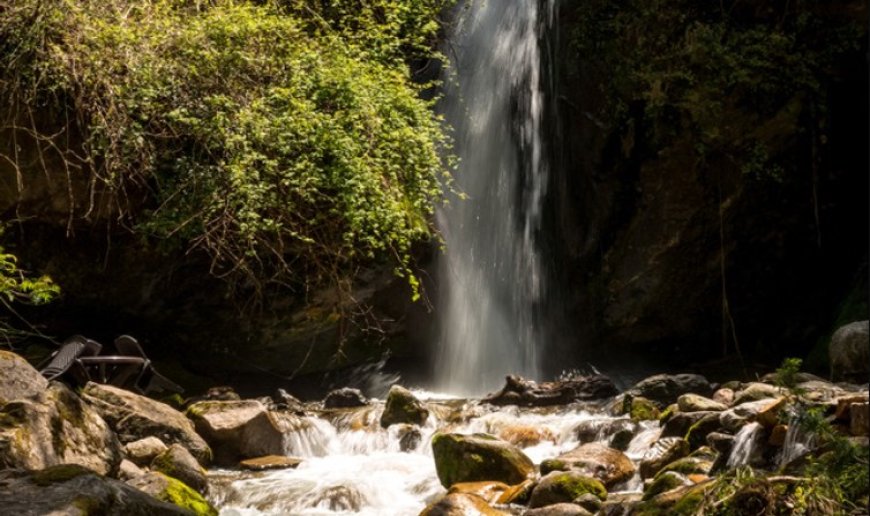
A sustainable life here isn't a trendy, modern luxury; it’s an ancient necessity. The very structure of the valley requires a low-impact presence from every visitor.
The Tirthan River is one of the region's cleanest. The air is naturally filtered by endless deodar and pine. This isn't just a scenic backdrop—it's the core of their identity.
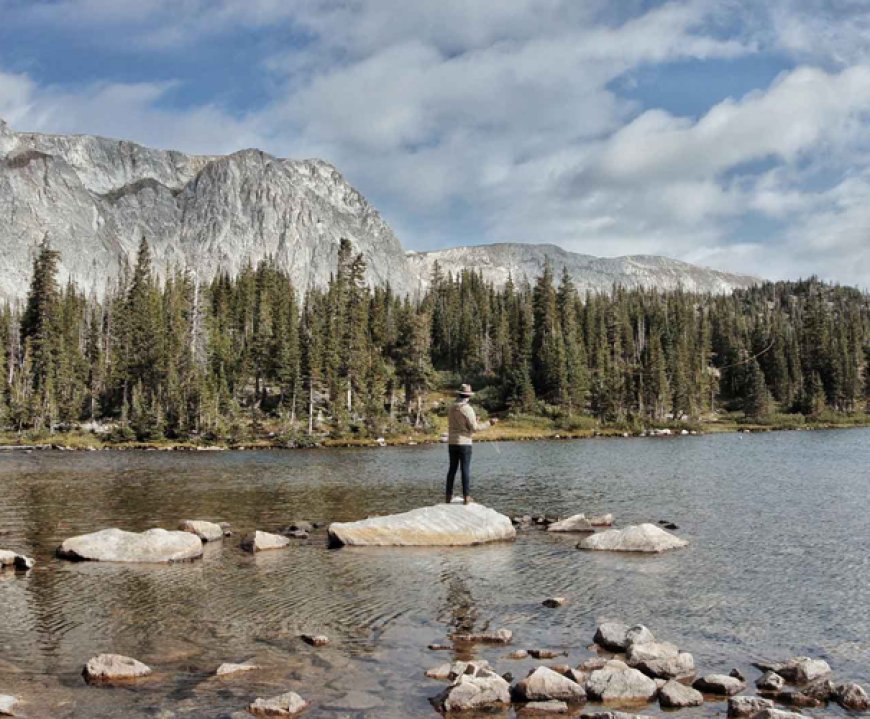
-
Low-Impact Stays: Homestays minimize energy use, often rely on local produce grown right on the property, and they rigorously manage waste. You'll see compost piles, not overflowing bins.
-
Travel Slow, Tread Lightly: The accepted activities are observational: trekking, birdwatching, and catch-and-release fishing. There are no loud motor sports or endless traffic jams. Tirthan forces you to disconnect from the noise, step back, and simply appreciate nature on its own quiet terms. Isn't that what we're all looking for anyway?
Be a Guest, Not a Consumer
When you roll into Tirthan Valley, you’re entering an unspoken agreement. You must adhere to the community's ethos:
-
Respect the Silence. Seriously, the quiet here is sacred. Leave your noise and pollution behind.
-
Leave No Trace. Everything you carry in must come out. No exceptions.
-
Embrace the Authentic. Eat the local Himachali food, learn a few phrases, and allow the community to guide you.
Tirthan Valley isn't a quick photo opportunity; it’s a destination for a necessary human reset. It proves that when a community takes control, and the traveller accepts their role as a respectful guest, true, lasting sustainability is not only possible but infinitely more rewarding.
What's Your Reaction?
 Like
0
Like
0
 Dislike
0
Dislike
0
 Love
0
Love
0
 Funny
0
Funny
0
 Angry
0
Angry
0
 Sad
0
Sad
0
 Wow
0
Wow
0























































































































































































